Not all pain feels the same, and not every massage works the same way.
Maybe your back aches after sitting too long, or you’re recovering from an injury. You know a massage might help — but which kind? Medical massage? Deep tissue? Or something else?
This is where most people get stuck. These two popular types of massage may seem similar, but they’re designed for different goals and needs. One is medically prescribed and targets specific health issues. The other focuses on deep muscle tension and stress relief.
What is Medical Massage?

Medical massage isn’t your typical spa massage. It’s a treatment that’s often prescribed by our doctor to help with a specific health condition, injury, or pain issue.
Here’s what makes it different:
- Doctor’s Referral:
A medical massage usually starts with a prescription or recommendation from our healthcare. It’s part of a treatment plan. - Targeted Approach:
The massage therapist focuses on a specific area of the body — like your lower back, shoulder, or neck — depending on the doctor’s instructions. - Techniques Used:
The therapist might use a mix of methods like trigger point therapy, myofascial release, or stretching to reduce pain and improve function. - Goal-Driven:
The goal isn’t just to relax — it’s to heal. That could mean reducing inflammation, breaking up scar tissue, improving joint movement, or helping muscles recover. - Ongoing Care:
You may need multiple sessions, and progress is often tracked by us.
Medical massage is especially helpful for people with:
- Chronic pain (like fibromyalgia)
- Injuries from car accidents or sports
- Limited movement or joint stiffness
- Post-surgery recovery needs
What is Deep Tissue Massage?
A deep tissue massage is exactly what it sounds like — it focuses on the deeper layers of your muscles and connective tissues.

It’s more than just "a strong massage."
Many people think deep tissue is just a firmer version of a regular massage, but it’s actually a special technique used to break down tight muscle knots, tension, or long-term stress stored deep in the body.
Here’s what you should know
- Slower, Focused Strokes:
The therapist uses slow, firm pressure to reach deeper muscle layers, especially in areas that feel tight or sore. - Targets Chronic Tension:
It’s great for people who deal with daily stress, sore backs, stiff necks, or long-term muscle pain. - Pain Relief Without Medication:
By releasing tension and improving circulation, it can ease pain and help your body move more freely. - Helps With Healing:
Deep tissue massage breaks up “adhesions” — those tight spots in muscles that restrict movement and cause discomfort.
People often choose deep tissue massage for:
- Lower back pain
- Shoulder and neck tightness
- Sports recovery
- Stress-related muscle tension
It’s not always comfortable during the session, but the relief afterward can be worth it.
Key Differences Between Medical and Deep Tissue Massage
Here's a clear side-by-side look:
While both medical and deep tissue massages can help with pain and tension, they’re not the same. They serve different purposes and are used in different situations.
Purpose
- Medical Massage: To treat a specific medical condition or injury
- Deep Tissue Massage: To relieve chronic muscle tension and stress
Prescription Needed
- Medical Massage: Yes — usually recommended by a doctor
- Deep Tissue Massage: No — you can book it yourself
Focus Area
- Medical Massage: Specific part of the body based on doctor’s instructions
- Deep Tissue Massage: General areas with deep muscle tension
Techniques Used
- Medical Massage: Varies (may include trigger point, myofascial, etc.)
- Deep Tissue Massage: Slow, firm pressure on deep muscle layers
Treatment Plan
- Medical Massage: Follows a structured plan, often with progress tracking
- Deep Tissue Massage: Based on how your body feels during the session
Insurance Coverage
- Medical Massage: Often covered if prescribed by a doctor
- Deep Tissue Massage: Usually not covered by insurance
Therapist’s Role
- Medical Massage: Works closely with healthcare providers
- Deep Tissue Massage: Focuses on client-reported pain or tightness
Category
Medical
Massage
Deep Tissue Massage
Purpose
To relieve chronic muscle tension and stress
Prescription Needed
Focus Area
Techniques Used
Treatment Plan
Insurance Coverage
Therapist’s Role
Benefits of Medical Massage
Medical massage isn’t about pampering — it’s about healing. When done correctly, it can support real recovery and help you feel better day by day.
Key benefits include:
These headaches are frequently caused by tight muscles in the neck, shoulders, and upper back. Trigger points in muscles like the upper trapezius, suboccipitals, and sternocleidomastoid can send pain signals to the head. Treating these specific areas often leads to immediate headache relief.
How to Decide Which Massage is Best for You?

Choosing between medical massage and deep tissue massage doesn’t have to be confusing. It all depends on your health needs, goals, and personal comfort.
Ask yourself these questions:
Do you have a diagnosed injury or medical condition?
Go with medical massage. It’s designed to treat specific issues and usually comes with a doctor’s referral.
Are you recovering from surgery, an accident, or physical therapy?
Medical massage can support healing and is often part of a broader treatment plan.
Are you dealing with general muscle tightness, stress, or tension from daily life?
Deep tissue massage is a great choice to ease tension and improve movement.
Do you need pain relief without medication?
Both types can help, but deep tissue massage is better for overall muscle tightness. Medical massage is better for targeted conditions.
Are you looking for insurance-covered treatment?
Medical massage may be covered if prescribed. Deep tissue is usually paid out of pocket.
Pro Tip:
When in doubt, talk to your doctor or a licensed massage therapist. They can help you decide what your body really needs based on your symptoms and goals.
Empowering Your Wellness Journey with the Right Massage Therapy

Health isn’t just about being pain-free — it’s about feeling strong, balanced, and able to enjoy daily life. Massage therapy can play a powerful role in getting you there, but choosing the right type matters.
Medical massage is best when you’re dealing with a specific condition, injury, or recovery. It follows a treatment plan, often guided by your doctor, and uses specialized techniques to target the root cause of your pain.
Deep tissue massage, on the other hand, is ideal for easing long-term muscle tightness, improving flexibility, and managing stress. It’s a popular choice for people who want relief from everyday strain or tension built up over time.
Both forms of massage offer real, lasting benefits. What matters most is your personal health needs and goals. If you’re not sure which direction to take, talk to a trained therapist or healthcare provider who can guide you based on your symptoms and lifestyle.
By listening to your body and choosing the massage that fits your needs, you’re taking an important step toward healing and overall wellness.







